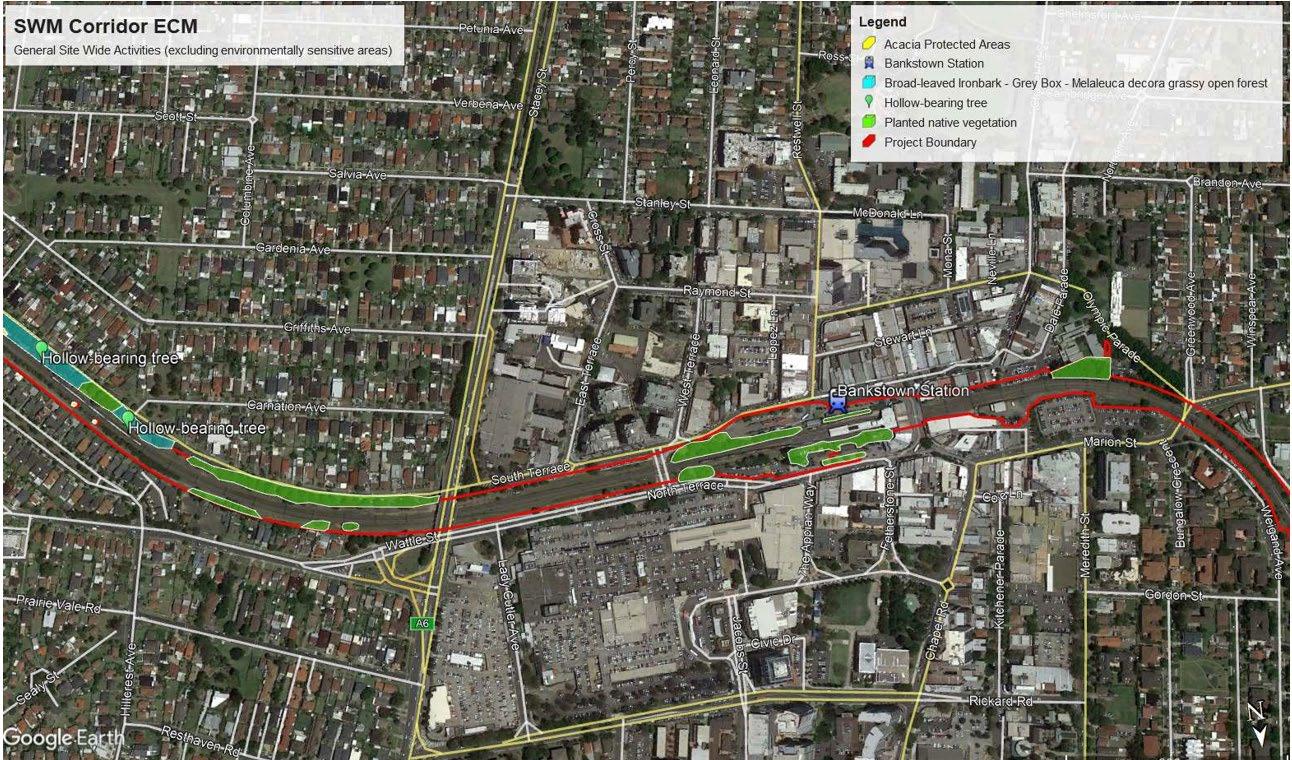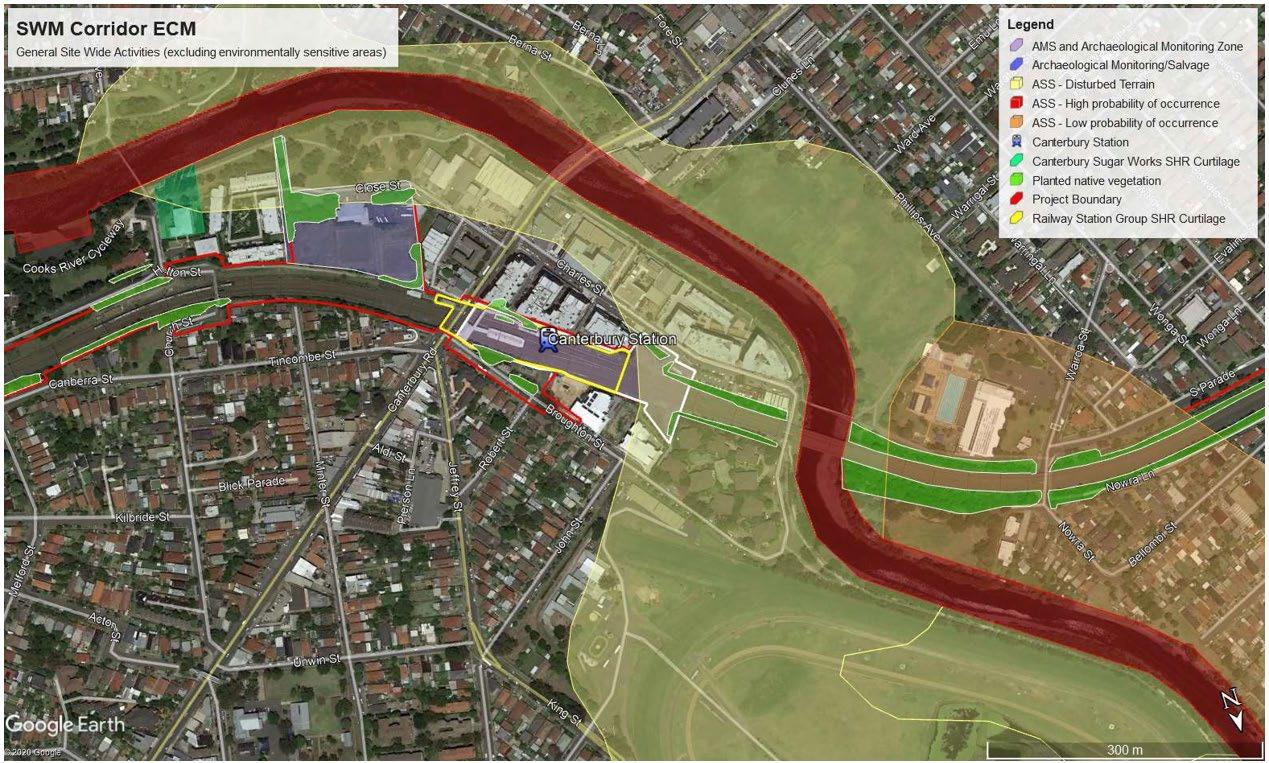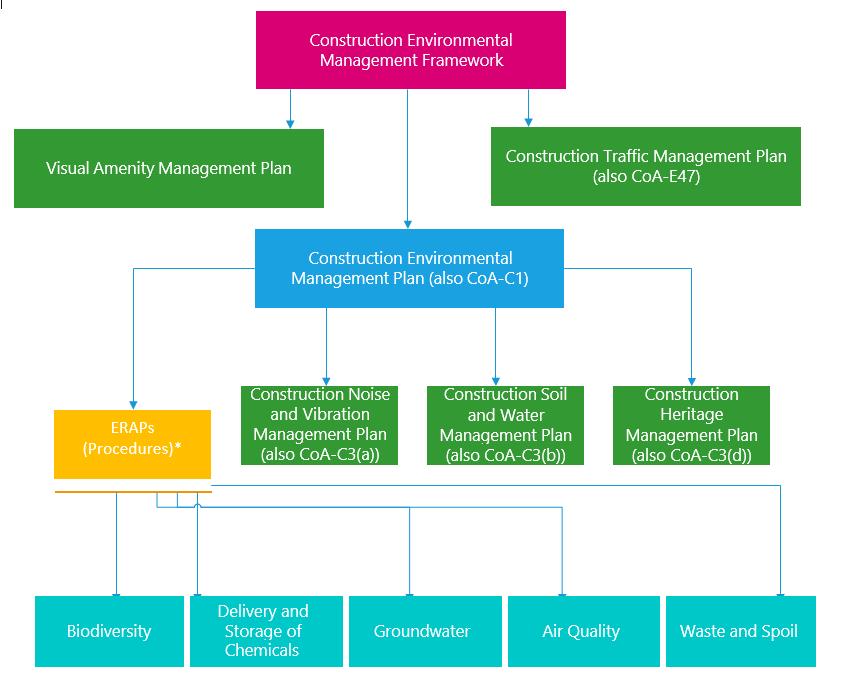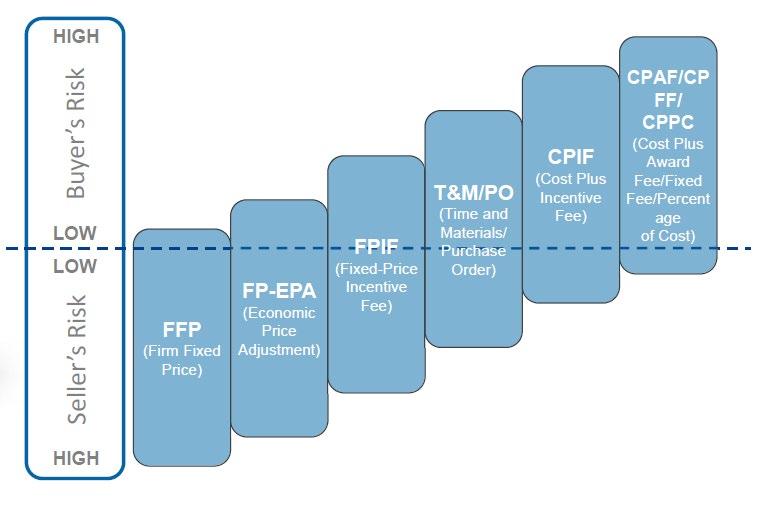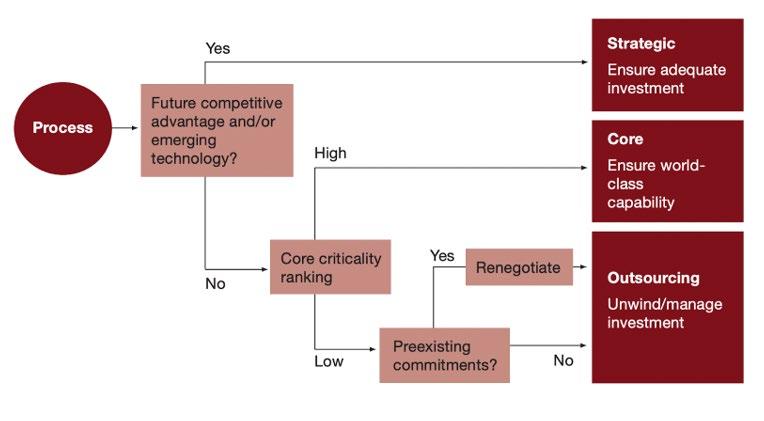
5 minute read
Table 8: The Common Standards Used in Sydney Projects Associated with Work Packages
Table 8: The Common Standards Used in Sydney Projects Associated with Work Packages
WBS No. Activity Name Section Related Standards (example)
1.3.2 Site preparation Traffic control, Vegetation clearance AS 4191:2015 Portable traffic signal systems
AS 1742.2-2009 Manual of uniform traffic control devices
1.3.3 Demolition Removal of structures AS 4970-2009 Protection of trees on development site AS 1576-1974 Code of practice for metal scaffolding
AS 2601-1991 The demolition of structures
1.3.4 Site excavation(detailed) ISO 16369:2007 Elevating work platforms-Mast-climbing work platforms
ISO 17723-1:2019 PPE ensembles for undertaking hazardous materials response activities Excavation ISO 18400-103:2017 Soil quality sampling-part 103: Safety
ISO 11272: 2017 Soil qualityDetermination of dry bulk density
AS ISO 7135: 2021 Earth-moving machinery-Hydraulic excavatorterminology and commercial specification
ISO 8643:2017 Earth-moving machineryHydraulic excavator and backhoe loader lowering control device-Requirements and tests
IEC 60151-18:1968 Measurement of the electrical properties of electronic tubes and valves.
1.3.5 Construction of footings for new stairs and lift shafts Concrete, stairs, balustrade. AS 7638:2013 Railway Earthworks AS 3610: 2018 Formwork for concrete, Part 1: Specifications
AS 3600:2018 Concrete structures
ISO 21573-2:2020 Building construction
1.3.6 Platform re-levelling & finishes and installation of antithrow screen and glazing screen doors Screen doors, Platform construction, machinery and equipment-Concrete pumps
AS/NZS 4671:2019 Steel for the reinforcement of concrete
AS 1012.3.1:2014 Methods of testing concrete, Method 3.1: Determination of properties related to the consistency of concrete- Slump test
AS 5100 Crowd loading requirements
AS 1428.1(2001)
BCA clause D2.17 ISO 3009:2003 Fire-resistance tests Elements of building construction-Glazed elements
Rail Infrastructure Corporation, CSI 031, Engineering Works in the Vicinity of Platforms and Structure Footings
AS/NZS 4586: 1999 Resistance Classification of New Pedestrian Surface Materials
HB 197:1999 An introductory Guide to the Slip Resistance of Pedestrian Surface Materials
ISO 10077-1:2006 Thermal performance of windows, doors and shuttersCalculation of thermal transmittancePart1: General
Testing standard: ASNZS 4284:2008 1.3.7 Installation of new lift Lift, AS 1735.12:2020 Lifts, escalators and moving walks, Part 12: Facilities for persons with disabilities (EN 81-70: 2018, mod)
Building Code of Australia and where relevant, Station Guidelines for Fire and Life Safety in the Construction of the Underground Railway Facilities (SGFLS)
AS 1428.2-1992 Design for access and mobility, Part 2: Enhanced and additional
1.3.8 Installation of signage, lighting, and CCTV Signage, CCTV requirements- Buildings and facilities AS 4806.2-2006 Closed circuit television (CCTV), Part 1: Management and operation
AS 4806.2-2006 Closed circuit television (CCTV), Part 2: Application guidelines
AS 7632:2015 Railway InfrastructureSignage
1.3.9 Refurbishment and installation of station HVAC services Airhandlingventilation system, airconditioning
1.3.10 Install, upgrade and connect electrical network for substation and power supply Electronic power converters, substation, electrical network AS 4254.1 Ductwork for air-handling systems in buildings-Flexible ducts
AS 4254.1 Ductwork for air-handling systems in buildings-Rigid ducts
AS 1668.2-1976 SAA Mechanical ventilation and air conditioning code Part2-Ventilation requirements
AS 2913-2000 Evaporative airconditioning equipment
AS 1668.1:2015 The use of ventilation and air conditioning in buildings, Part1: Fire and smoke control in buildings
ISO 19659-2:2020 Railway applicationsHeating, ventilation and air conditioning systems for rolling stock- Part2: Thermal comfort
AIRAH Application Manuals, notably DA09
ASHRAE Handbooks
NSW Health Regulations relating to health, amenity, safety, noise, pollution controls, relating to air conditioning system IEC 62590: 2019 Railway ApplicationFixed installations- Electronic power converters for substations
IEC 62590: 2019 Railway ApplicationFixed installations-Traction transformers
IEC 62236-5:2018 RLV Railway Applications-Electromagnetic Compatibility-Part 5: Emission and immunity of fixed power supply installations and apparatus.
IEC 62497-2:2010 Railway ApplicationsInsulation coordination -Part2: Overvoltages and related protection
1.3.11 Railway Track work
♦ removal of old rails, fastenings, and sleepers
♦ laying the new rails Track work, Steel AS 7635:2013 Track Geometry
AS 7639:2013 Track Structure and Support
AS 1085.17:2021 Railway track material, Part 17: Steel sleepers
♦ placement of ballast and sleepers on the formation
♦ tamping and profiling the ballast around the sleepers 1.3.12 Construction of south line facility (Installing cable, signalling, overhead wiring, electrical system and track drainage Overhead wiring, cable, AS 7508: 2017 Track Forces and Stresses
AS 1085.1:2019 Railway Track Material, Part 1: Steel Rails
AS 1085.3-2002 Railway track materialPart 3: Sleeper plates IEC 60570:1995 Electrical supply track systems for luminaires
IEC TR 62263:2005 Live WorkingGuidelines for the installation and maintenance of optical fibre cables on overhead power lines
1.3.13 Bridge work Overbridge structures AS 7637:2014 Hydrology and Hydraulics AS 5100.2:2017 Bridge design, Part 2: Design loads
AS 5100.4: 2017 Bridge design, Part 4: Bearings and deck joints
1.3.14 External Works (Landscaping, paving) Asphalt, pavement, soft and hard landscaping AS 5100.8:2017 Bridge design, Part 8: Rehabilitation and strengthening of existing bridges AS/NZS 3661.2:1994 Slip resistance of pedestrian surface, Part 2: Guide to the reduction of slip hazards
AS 1428.1:2021 Design for access and mobility, Part 1: General requirements for access-new building work
AS 1428.2-1992 Design for access and mobility, Part 2: Enhanced and additional requirements—Buildings and facilities
HB 197:1999 An introductory guide to the slip resistance of pedestrian surface materials
There is a work activity extracted from table above as an example for further perception of quality standard. And other examples for further description please refer to the Appendix C.
Example: Task 1.3.6 Platform re-levelling & finishes and installation of anti-throw screen and glazing screen doors
1)Structural Design
As prescribed by the BCA, Australian Standards specifications, design loadings will need to address train derailment, floor loadings, wind loadings, air pressures, seismic loadings, crowd loadings and collision loadings.
Platform Finishes
The safety of the platform surface is paramount. Refer to Figure 26, critical requirements are:
● The platform cross section must have a minimum of 1:100 and a maximum 1:40 fall from the platform edge to the centre of the platform. The longitudinal gradient of the platform should also be considered in determining the platform cross fall.
● Platform edge and corresponding rail alignment must be level in the longitudinal direction.
● Ponding of water on the platform surface is unacceptable. The specific resolutions of platform structure, sub-base, surface falls, drainage, and finish are required.
● The platform surface must be slip-resistant in both wet and dry conditions as set out in the relevant slip resistant standards AS/NZS 4586, AS/NZS 4663 and HB 197.

